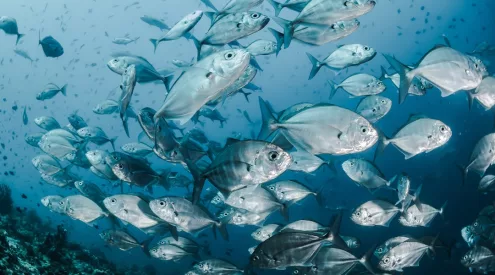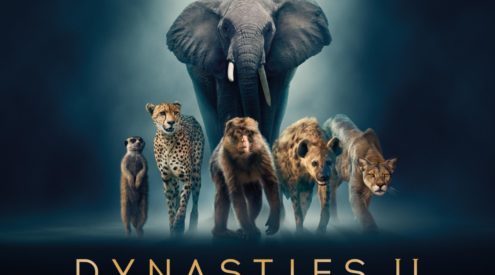Consider this: in 1970 we had over 65 000 black rhinos, but in 2011 only around 4 200 are left. In 1900 the southern white rhino was the most endangered of the world’s five rhino species. Less than 20 rhinos remained in one of South Africa’s prominent reserves in Zululand. By 2010, white rhino numbers had escalated considerably, making it the most common rhino species on earth. In 2010, 333 rhinos were poached in South Africa; this figure is expected to double this year with already over 260 having being poached. If it carries on like these, we’re very quickly going to land ourselves in the same spot of trouble we found ourselves a few decades ago with white rhino.
I’ve spent the last few days thrashing out ideas and solutions for the escalating rhino poaching problem we’re currently facing having spent so much time at the Aquila Private Game Reserve where ABSA was fighting for his life. Every solution I’ve discussed has been flawed whether it’s been to poison the horn, dehorn all our rhinos, debunk the myth in the east, legalise the trade or farm rhinos for their horn. It’s disheartening and I always feel like we’re somehow one step behind the poachers and fighting a losing battle.
In February this year I wrote about black rhinos and the battle with poachers, my host for that assignment was Dr Simon Morgan from the organisation Wildlife ACT. Together with a company from America, they have brought out a state of the art radar technology for a trial that might just be the only solution for rhino owners, introducing them to a three pronged rhino poaching solution.
The state of the art radar technology being licensed by the group was brought out to South Africa for its first trial in August. The US military uses the same technology to monitor USA’s southern boundary and in Irag and Afghanistan. This technology has proven to be vital in securing military bases across the world, and the group will be unique in using this application on a commercial basis.
Due to the sensitivity surrounding this issue, details of this technology will be disclosed to selected individuals and conservationists after a security clearance has been done. A team conducted the trial on a game reserve in South Africa to test the effectiveness of the technology on intruders entering the reserve by foot, vehicle and air. The technology will be used in a three prong approach to counter rhino poaching, with the radar anchoring the system. In principle, it will enable reserve managers to secure the perimeter of their reserve, identifying poachers before they are even able to get onto the property. The system will ensure that intruders are not able to approach the rhino, and thereby minimising the loss we are currently experiencing.
Dr. Simon Morgan from Wildlife ACT was optimistic about securing the perimeter of reserves using this technology, ‘We have to keep up with the rapid advances of the poachers and prevent them from getting close to these animals, investigating the use of this type of equipment and its capabilities is important in the efforts against these incursions.’.
More tests will be carried out by the teams over the next few weeks and there will hopefully be a practical working system in the coming months. South Africa presents a whole new challenge to this system and various adaptations need to be done to ensure that all the challenges are met with positive outcomes. The system will be custom designed for each installation, depending on the geographical layout of the land, and the level of detection which will be required.
For further enquiries email [email protected]
Follow Wildlife ACT on Twitter (@wildlifeact) and on their Facebook page.
For more information about why there’s been a recent upsurge in rhino poaching, check out these two articles:
Saving African Rhinos: A Market Success Story
















